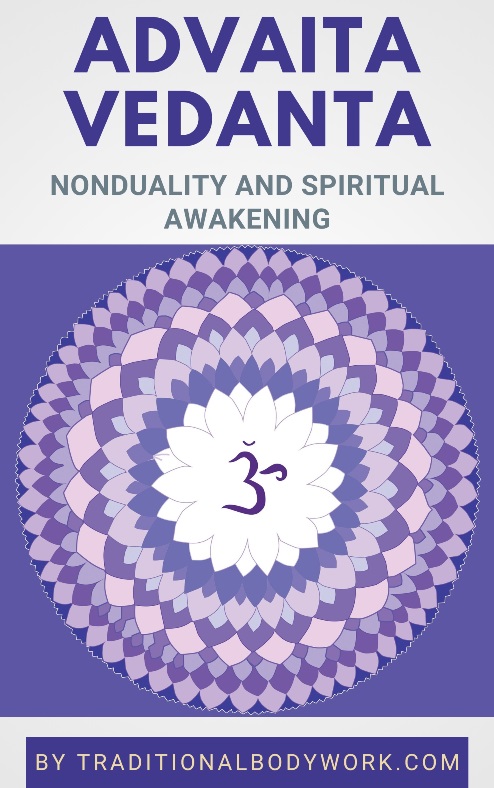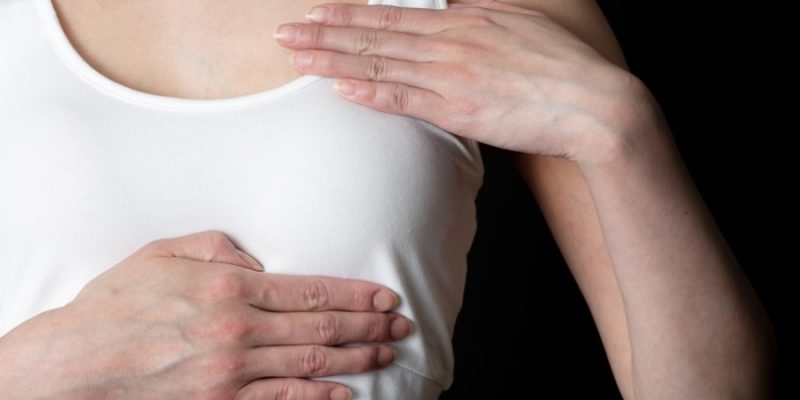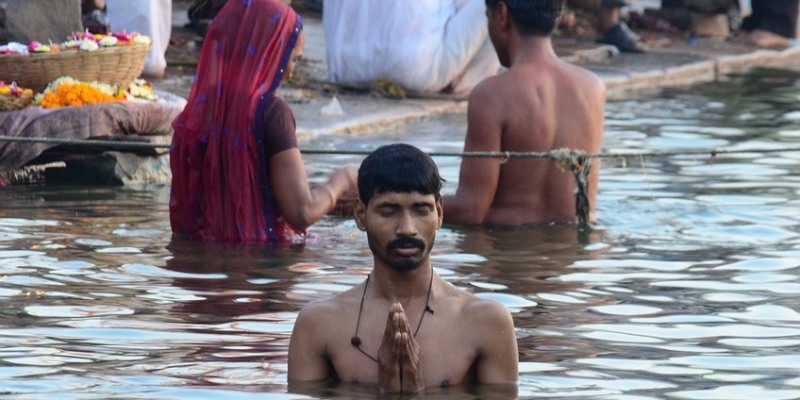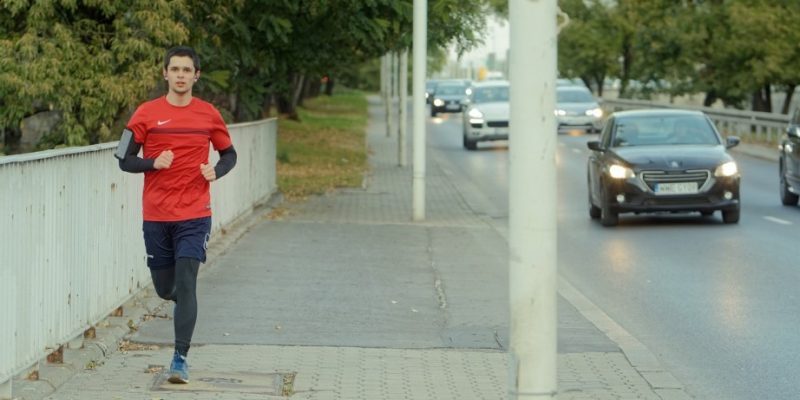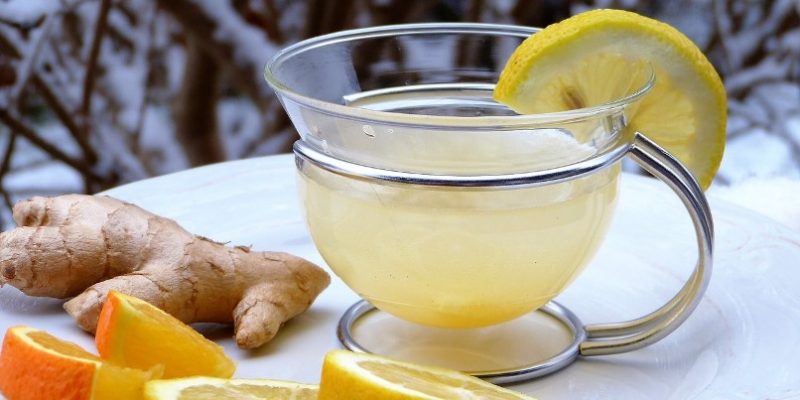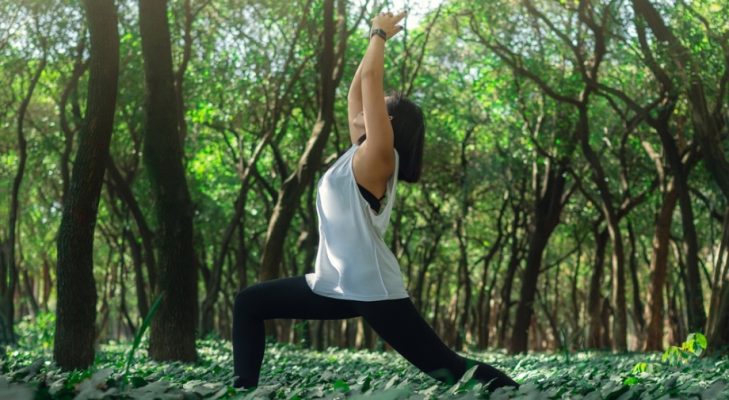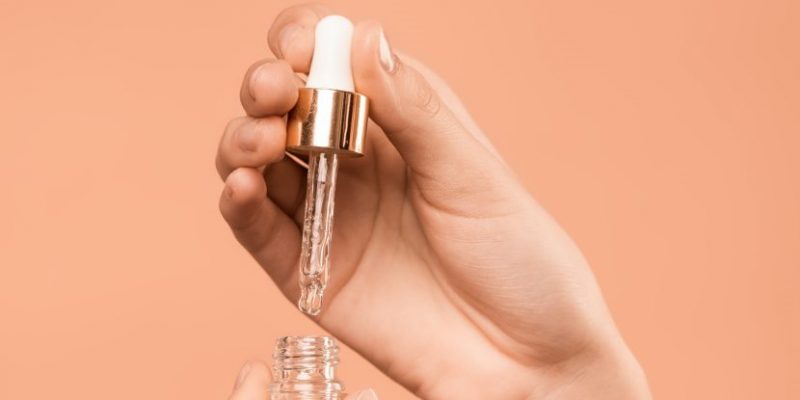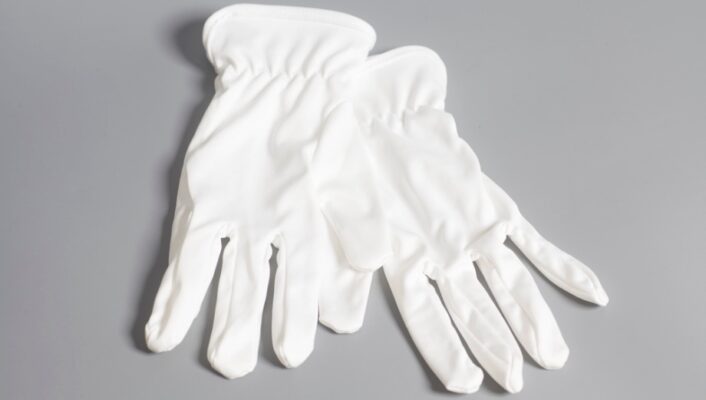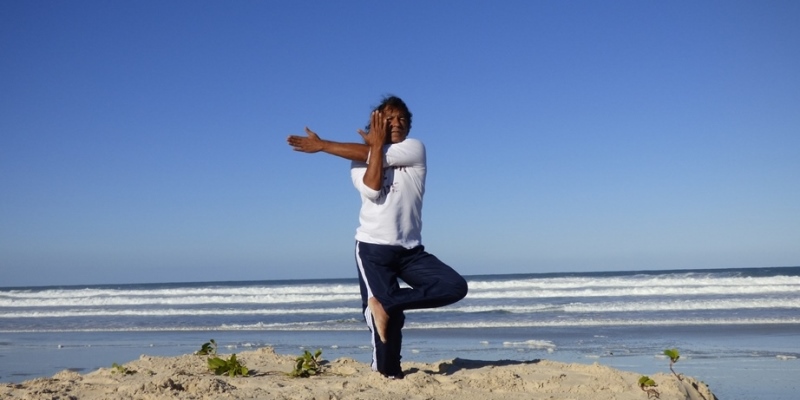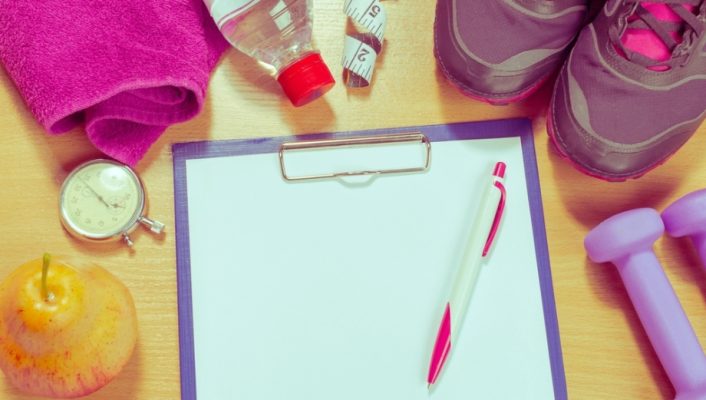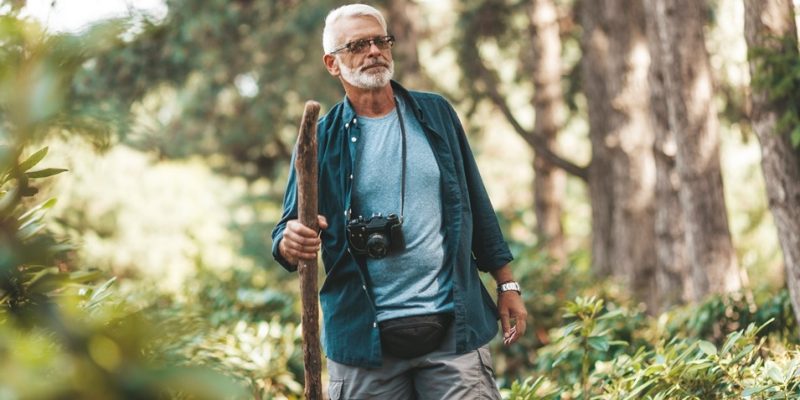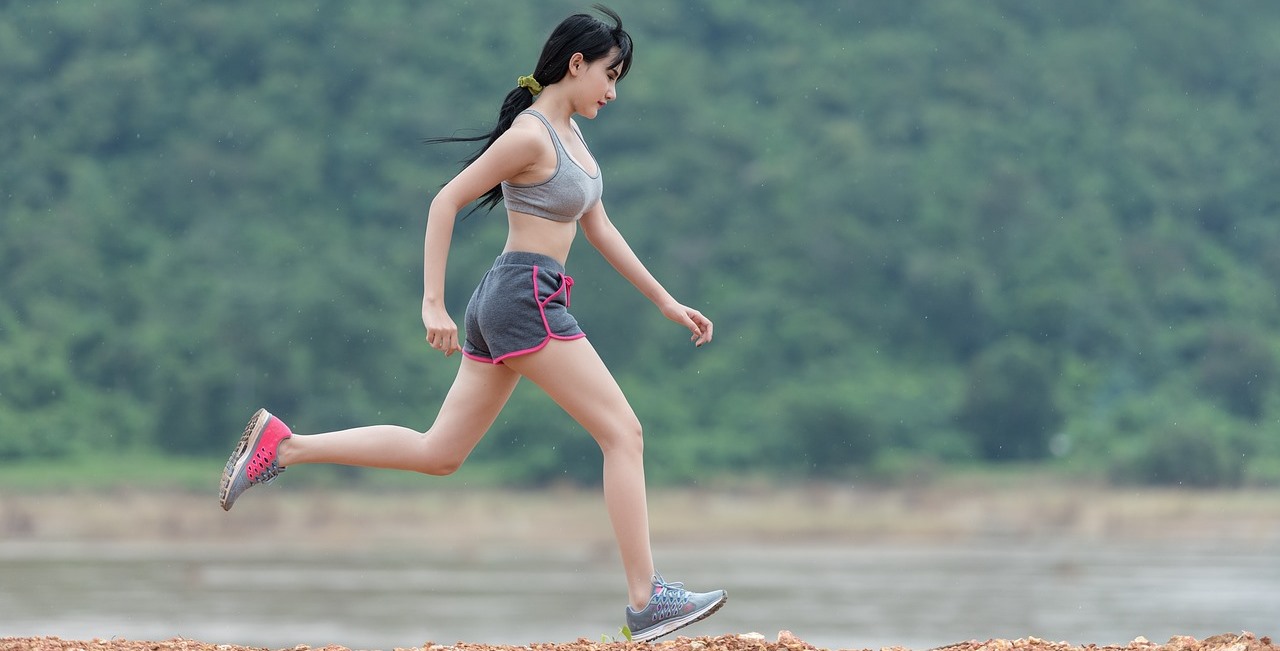
In Ayurveda, any kind of activity that makes the body tired is considered Vyayama. It’s thought to prevent a range of illnesses, balance the Doshas, and promote overall health and well-being, strength, proper digestive function and power (called Agni), detoxification of the body, lightness and flexibility, body mass, vitality, and longevity.
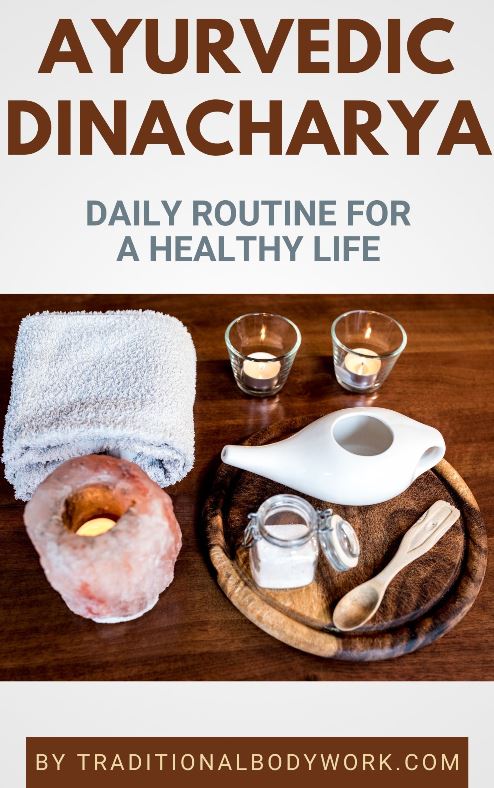
According to Ayurvedic Dinacharya Self-Care recommendations, exercises should be done daily in the morning, with a minimum of thirty minutes, but always exerted to half of one’s capacity. The latter is reached when one starts to feel shortness of breath, experiences dryness of the mouth, and begins to sweat on the forehead. It’s advised to stop exercising when this occurs.
Typically, Snana (Ayurvedic bathing) should be done after Vyayama, because Snana cleans and refreshes us, and takes away our tiredness.
Although it seems perhaps a simple thing to perform “some physical exercise,” the classic Ayurvedic scriptures describe a range of specifics with regard to Vyayama. For instance, exercise can be of mild, moderate or of high intensity, which depends on the strength, age and diet of a person, furthermore taking into account the Doshas, the season and the weather.
Additionally, there are directives about the type, frequency, duration, benefits, precautions, and contraindications of physical exercises.
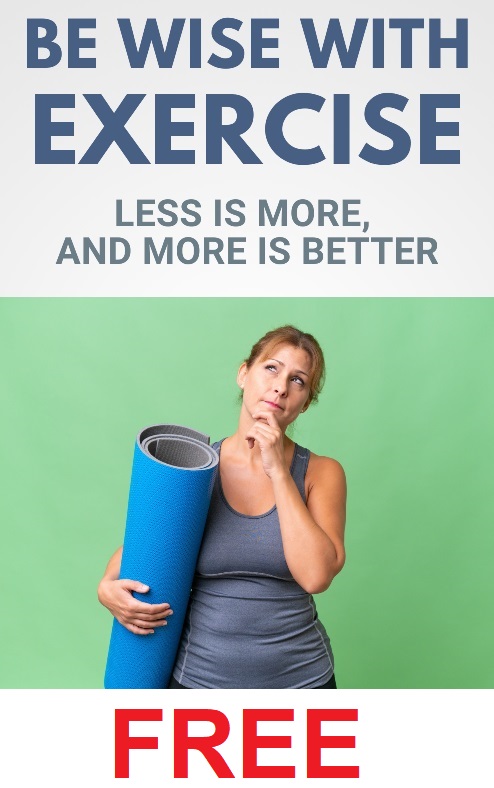
Mild intensity exercises (for instance, to be done after lunch) are, for instance, walking and strolling, and can improve our blood circulation, digestion, and functioning of the internal organs, as well as relieve us from stress and anxiety. In Ayurveda, these types of mild intensity exercises are called Chakramana (or Chankramana).
High intensity exercises rather involve intensively using the muscles, which could be anything like weight training, running, push-ups, and squats, to give some examples. Typically, during autumn and winter, high intensity exercise can be done because the body is stronger, but in a hot summer mild intensity exercises are recommended because the body’s strength is diminished.
High intensity exercises are not advised in old age, during pregnancy, and for people who have a Vata dominant body type, neither should those be carried out when one suffers from acute health conditions.
Today, we often see Yoga pointed out as one of the ideal types of exercises, but, compared to the Dinacharya daily routine (earliest evidence 800 BCE), Yoga is a relative newcomer (earliest evidence 200 BCE). As such, you will not find Yoga described as an exercise option in the original Ayurveda texts.



